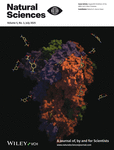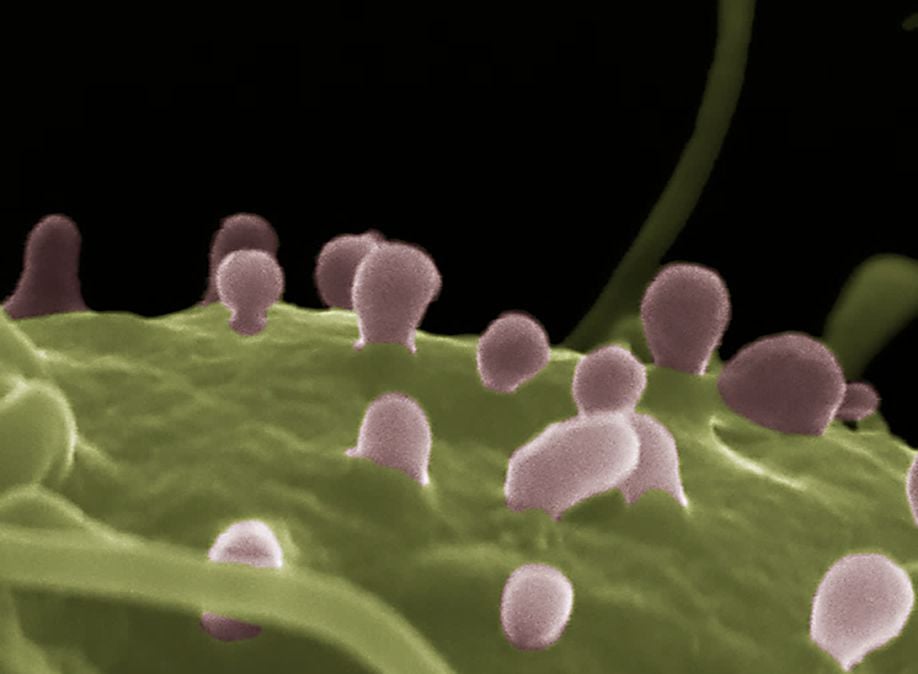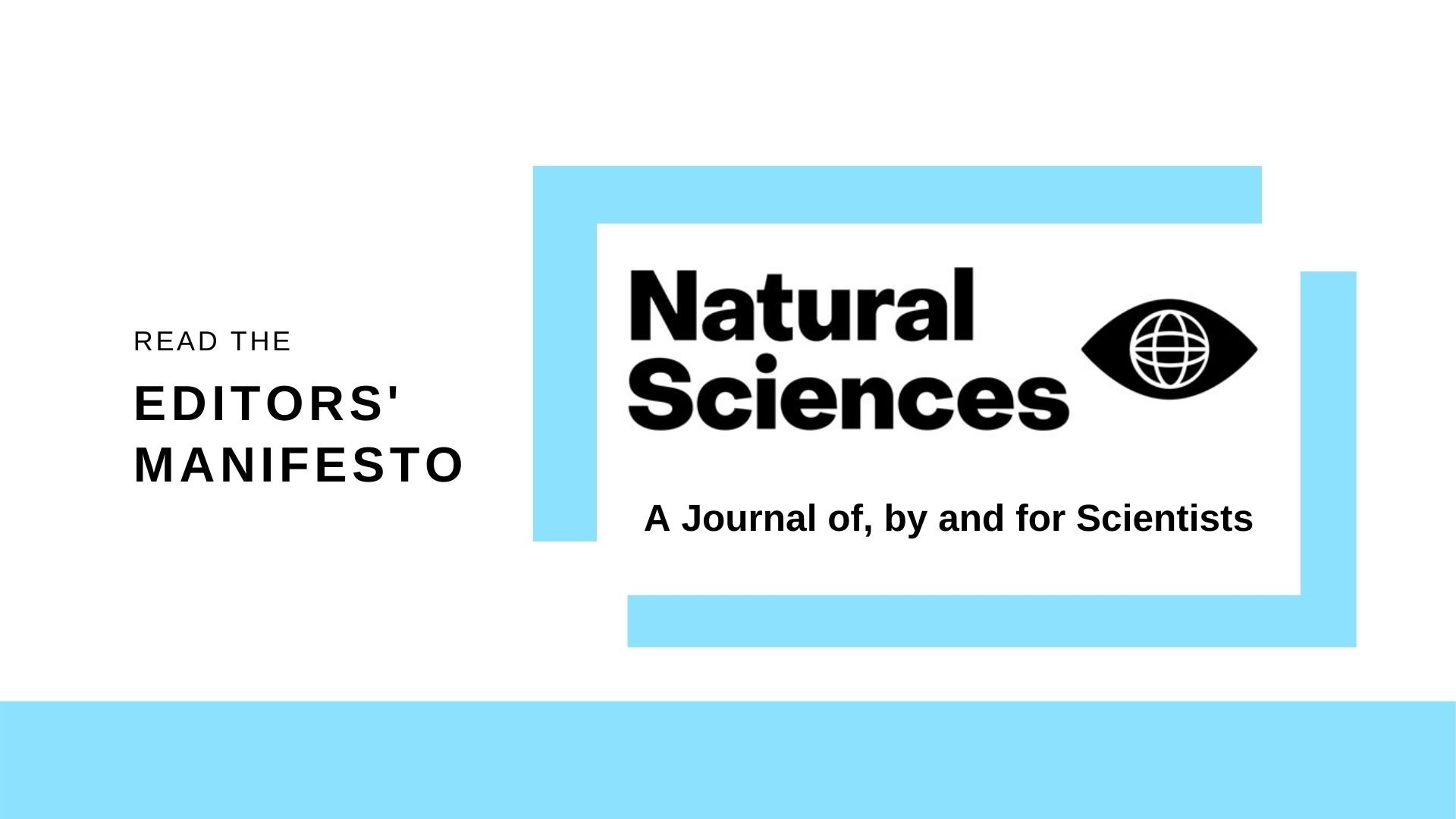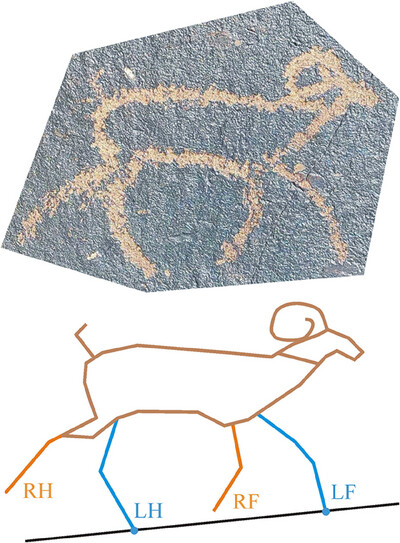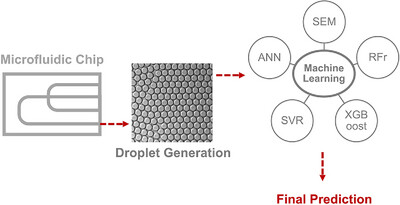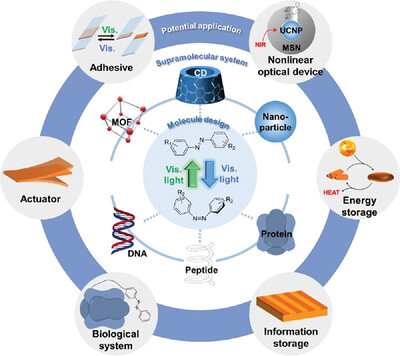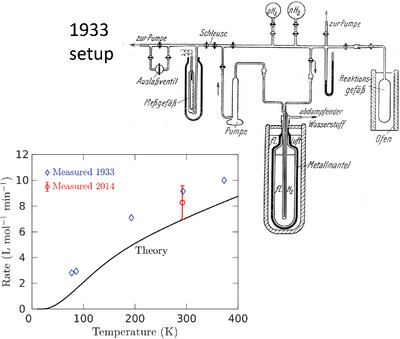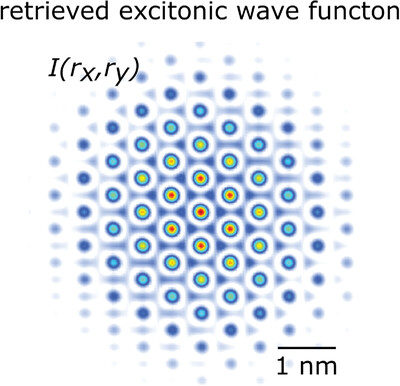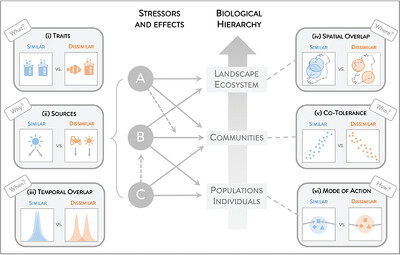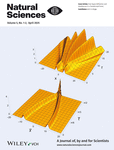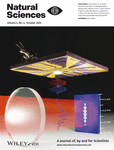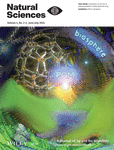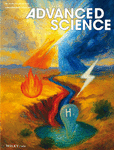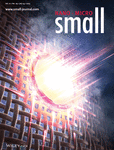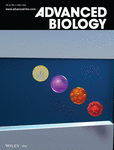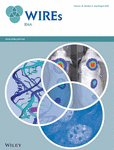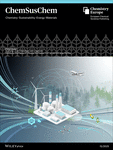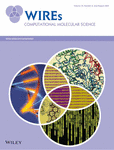Edited by: Elaine L. Bearer, Sonja Herres-Pawlis and Gerard Meijer (Editors-in-Chief);
Bretislav Friedrich (Academic Executive Editor)
© Wiley-VCH GmbH, Weinheim
Natural Sciences is an interdisciplinary open access journal publishing top-tier research from biology, chemistry, physics and their interfaces, as well as seminal works from related fields such as engineering and biomedical research.
Committed to open science principles and orchestrated by active researchers, we promote the global scientific community’s goal of enriching society by making the results of leading scientific research easily accessible.
Journal Metrics
- 5.4CiteScore
- 3.1Journal Impact Factor
- 67%Acceptance rate
- 39 days Submission to first decision
Natural Sciences is inviting applications for the role of Early Career Advisory Board Members
We are excited to be seeking new Early Career Advisory Board Members to build on the journal’s strong foundations and continue to develop Natural Sciences as a core community resource. The deadline for applications is 30th July 2025. Please click here for further details about the role and how to apply.
Featured
Articles
Commentary on “Spraying of Water Microdroplets Forms Luminescence and Causes Chemical Reactions in Surrounding Gas” by Y. Meng, Y. Xia, J. Xu, and R. N. Zare, Sci. Adv. 11, 1–8 (2025)
- 13 July 2025
Biomechanical Analysis of Mongolian Bronze and Iron Age Four‐Legged Walking Petroglyphs
- 23 June 2025
Atomic Force Microscopy of Emulsions and Their Interfacial Nanoparticles
- 18 June 2025
Graphical Abstract

Emulsion droplets and their interfacial nanoparticles were imaged under water by atomic force microscopy. Changes in the sample were triggered by increasing the applied mechanical force. Mechanical data was overlaid on the topography data for an improved understanding of the properties and behavior of the droplets and particles.
Designing Water‐in‐Oil Emulsion Using Microfluidic Systems Through Machine Learning
- 3 June 2025
Trikafta Rescues F508del‐CFTR by Tightening Specific Phosphorylation‐Dependent Interdomain Interactions
- 26 May 2025
Graphical Abstract
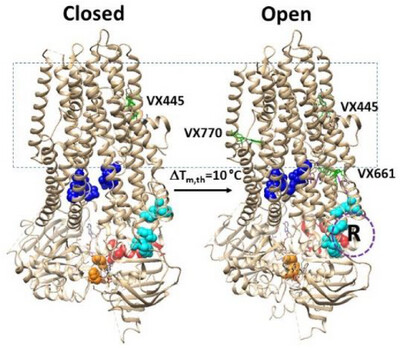
The most common cystic fibrosis mutation, F508del, destabilizes the first of two nucleotide-binding domains (NBD1 and NBD2) and compromises Mg/ATP-dependent gating at the interface between two transmembrane domains (TMD1 and TMD2) in the human cystic fibrosis transmembrane conductance regulator (CFTR). However, Trikafta can correct thermal and gating defects by enhancing TMD1–TMD2 (blue) and NBD1–NBD2 (orange) interactions and regulating the thermoring structures (red) of NBD1 through the specific binding of the dynamic phosphorylated regulatory domain (purple) to the TMD1/TMD2/NBD1 interfaces (cyan).
The following is a list of the most cited articles based on citations published in the last three years, according to CrossRef.
Visible‐light‐switchable azobenzenes: Molecular design, supramolecular systems, and applications
- 8 November 2022
Consecutively fused single‐, double‐, and triple‐expanded helicenes
- 3 March 2022
Graphical Abstract
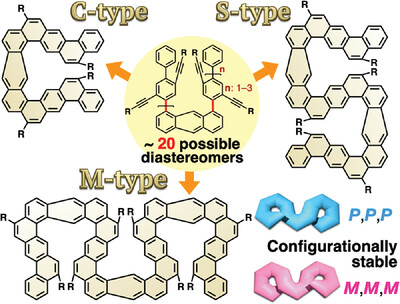
Defect-free single-, double-, and triple-expanded helicenes with C-, S-, and M-shaped fully conjugated helical ladder structures, respectively, are quantitatively and chemoselectively synthesized through acid-promoted intramolecular multistep cascade alkyne benzannulations of anthracene-based cyclization precursors composed of a large number of chiral (racemo) and achiral (meso) dynamic stereoisomers arising from axial chirality. The configurationally stable and optically pure triple-expanded helicene emits intense circularly polarized light with the highest circularly polarized luminescence brightness among all the reported CPL-active helicenes and helicenoids.
Direct measurement of key exciton properties: Energy, dynamics, and spatial distribution of the wave function
- 7 June 2021
Similarity of anthropogenic stressors is multifaceted and scale dependent
- 2 November 2021
Recent issues
- Volume 5, Issue 3July 2025
- Volume 5, Issue 1-2April 2025
- Volume 4, Issue 4October 2024
- Volume 4, Issue 2-3June-July 2024



